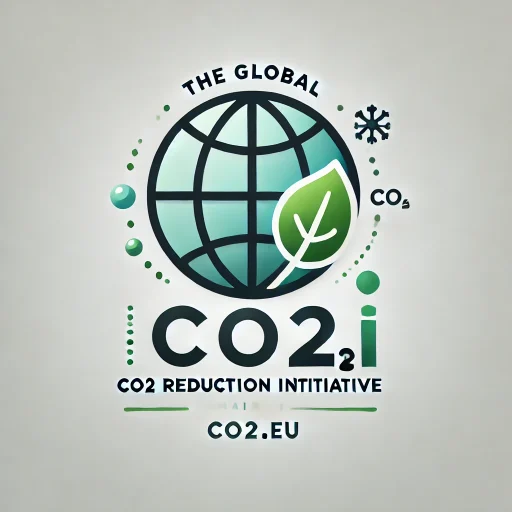Advancements in Carbon Reduction Activities in Europe (September 23-29, 2024)
This report provides a detailed overview of the advancements in carbon reduction activities in Europe that were announced between September 23, 2024, and September 29, 2024. The information is compiled from credible sources to ensure accuracy and reliability.
1. Adoption of the Revised EU ETS Monitoring and Reporting Regulation
On September 25, 2024, the European Commission adopted an amendment to the EU Emissions Trading System (ETS) Monitoring and Reporting Regulation (Implementing Regulation (EU) 2018/2066). The revisions include:
- Zero-rating of emissions from certain low-carbon fuels, such as renewable fuels of non-biological origin and synthetic low-carbon fuels, in the ETS.
- Improved rules for biomass fuels and sustainable aviation fuels, ensuring compliance with sustainability and greenhouse gas savings criteria, and avoiding double counting of emissions.
- Monitoring and reporting requirements for non-CO2 effects from the aviation sector, including persistent contrails and NOx particles, which are major contributors to global warming. The new system will be operational from 2025.
Source: European Commission
2. Marine Dust Identifies 1.5 Million Year Oldest Ice Near South America
On September 27, 2024, researchers announced the discovery of the oldest ice near South America, dating back 1.5 million years. This discovery was made possible through the analysis of marine dust. The findings are significant for understanding past climate conditions and can provide insights into future climate change scenarios.
Source: Phys.org
3. Enhancing Hurricane Forecasts
On September 27, 2024, new simulations revealed that reducing estimates of atmospheric friction can improve hurricane predictions. This advancement is crucial for better preparing and mitigating the impacts of extreme weather events, which are expected to become more frequent and severe due to climate change.
Source: Phys.org
4. Extreme El Niño Events and CO₂ Fluctuations
Researchers found that extreme El Niño events cause short-term CO₂ fluctuations. This discovery, announced on September 27, 2024, highlights the complex interactions between climate phenomena and greenhouse gas emissions, emphasizing the need for comprehensive climate models.
Source: Phys.org
5. Climate Change and Wetter US Winters
A modeling study published on September 26, 2024, predicts that climate change will lead to wetter winters in the United States. This finding is important for water resource management and flood risk mitigation in the context of a changing climate.
Source: Phys.org
6. Consultation on Draft Methodology for Low-Carbon Hydrogen
On September 27, 2024, the European Commission launched a four-week call for feedback on the draft delegated act clarifying the methodology for evaluating the emission savings of low-carbon hydrogen and fuels. This secondary legislation is required under the revised EU hydrogen and gas market legislation that entered into force over the summer.
Source: European Commission
7. ETS Market Stability Reserve
On September 25, 2024, the European Commission adopted a Communication on the total number of allowances in circulation (TNAC) on the European carbon market. The TNAC stood at 1,111,736,535 in 2023. The TNAC indicator plays a crucial role in the functioning of the Market Stability Reserve (MSR) of the EU Emissions Trading System (ETS), determining whether allowances are withdrawn or released from the MSR.
Source: European Commission
Conclusion
The advancements in carbon reduction activities announced between September 23, 2024, and September 29, 2024, reflect Europe’s ongoing commitment to tackling climate change. These initiatives, ranging from regulatory amendments to scientific discoveries, are crucial steps towards achieving the EU’s climate goals and ensuring a sustainable future.

Recent Comments